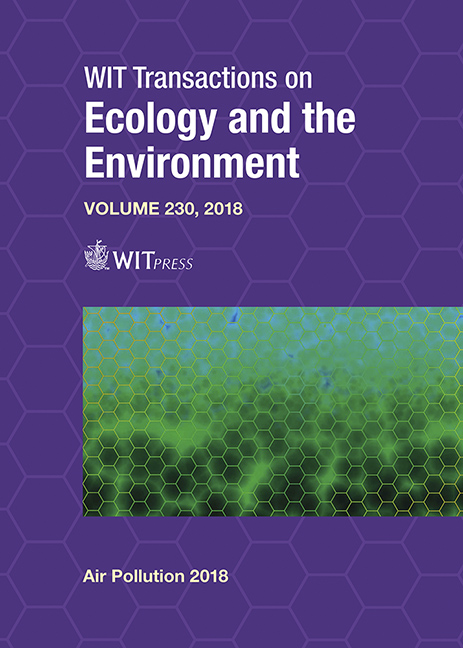DESCRIPTIVE ANALYSIS OF URGENT MEDICAL INTERVENTIONS BASED ON AIR POLLUTION IN SLAVONSKI BROD, CROATIA
Price
Free (open access)
Transaction
Volume
230
Pages
8
Page Range
549 - 556
Published
2018
Paper DOI
10.2495/AIR180511
Copyright
WIT Press
Author(s)
CVITKOVIĆ ANTE, IVIĆ-HOFMAN IGOR, BARIŠIN ANDREJA, CAPAK KRUNOSLAV, VIDIĆ SONJA, VAĐIĆ VEDRAN, ĆOSIĆ VESNA, MIŠKIĆ BLAŽENKA, VALJETIĆ MARIJANA
Abstract
Air pollution is a big public health problem. Short term and long-term exposure to air pollutants have different health effects. The purpose of this research is to determine whether PM10, PM2.5, H2S and meteorological parameters have impact on frequency of urgent interventions in ERs (Institute of Emergency Medicine of Brod-Posavina County and Integrated Emergency Hospital Admission) in 2016 in the area of Slavonski Brod. Data were collected from four sources: Institute of Emergency Medicine of Brod-Posavina County, Integrated Emergency Hospital Admission, Meteorological and Hydrological Service data and Croatian Agency for Environment and Nature. During 2016, 56349 interventions in ERs were recorded. Weak but statistically significant positive correlation was established between PM10 (correlation coefficient 0.103; p 0.043) and PM2.5 (correlation coefficient 0.106; p 0.043) with the number of interventions in ERs. The correlation of mean relative humidity was statistically significant but negative (correlation coefficient -0.109; p 0.038). Connection between minimum and maximum temperature, H2S and mean pressure values was not established. These results point to the importance of reducing air pollution with PM10 and PM2.5 in Slavonski Brod.
Keywords
particulate matter, PM2.5, PM10, pollutants, hydrogen sulphide





